Adult plants, dying leaves, white patches, aphids, and seedlings?
zhoffritz
18 years ago
Related Stories

GARDENING GUIDESInvite Mining Bees to Your Garden by Planting Their Favorite Plants
Look for mining bees (Andrena) pollinating woodland wildflowers in U.S. gardens this spring
Full Story
LANDSCAPE DESIGNGreat Design Plant: Retreat to the Shade of Hardy Catalpa
Big foliage and a towering height provide a shady respite in summer, but that's not all hardy catalpa offers dedicated gardeners
Full Story
CALIFORNIA NATIVE PLANTSGreat Design Plant: Asclepias Is Attractive to Monarch Butterflies
Increase monarch butterfly populations in California by planting stunning native milkweeds
Full Story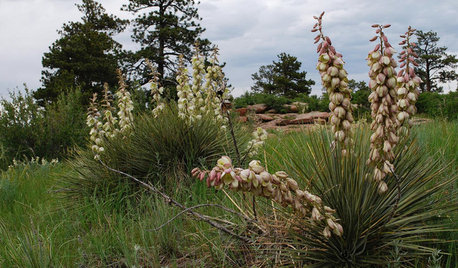
GARDENING GUIDESGreat Design Plant: Yucca Glauca
Soapweed yucca's pale green leaves brighten the winter garden and add sculptural interest year-round
Full Story
GROUND COVERSNative Alternatives to English Ivy, Japanese Pachysandra and Periwinkle
These shade-loving ground covers are good for the environment and say something about where you are
Full Story
EDIBLE GARDENSGarden BFFs? Why Your Vegetables Are Begging for Companion Plants
Foster friendships among plants for protection from pests, pollination support and color camaraderie
Full Story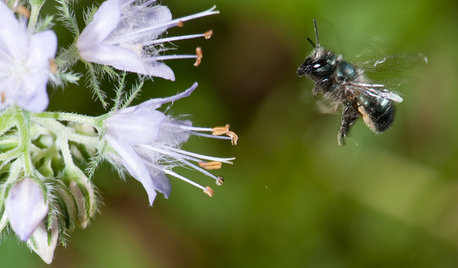
NATIVE PLANTSGreat Design Plant: Hydrophyllum Virginianum
This reliable, shade-tolerant native plant provides spotted foliage and clusters of pink flowers in eastern U.S. woodland and shade gardens
Full Story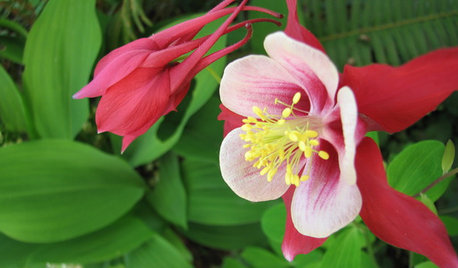
GARDENING FOR BUTTERFLIESGreat Design Plant: Columbine Grows Happily in Shade and Sun
Its ethereal beauty comes from complex forms and wide-ranging colors, but columbine’s benefits are highly attractive too
Full Story
HOUSEPLANTS8 Essentials for Healthy Indoor Plants
Houseplants add so much to our homes — and can thrive when grown in the right conditions. Keep these tips in mind
Full Story
GARDENING GUIDESTop 10 Native Plants for the Northeast
For a low-maintenance, wildlife-friendly landscape, use native plants adapted to the climate and range of soils in the Northeast
Full Story





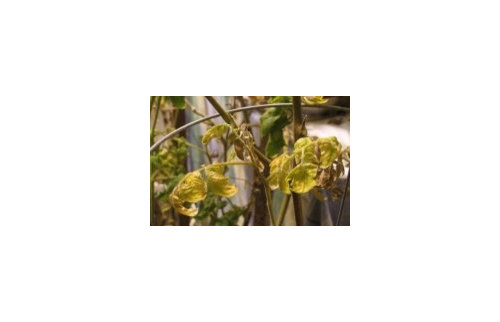
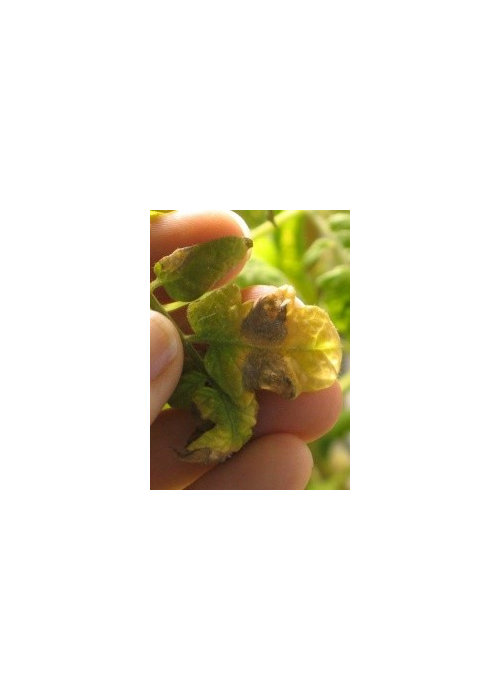

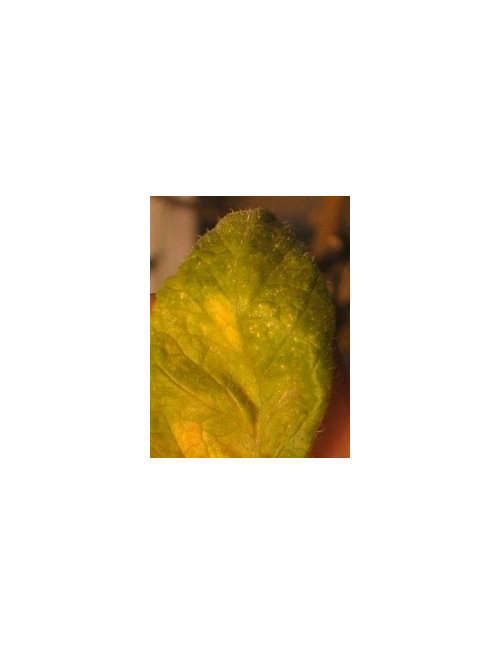
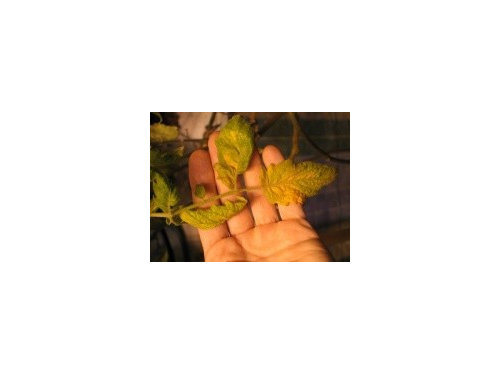



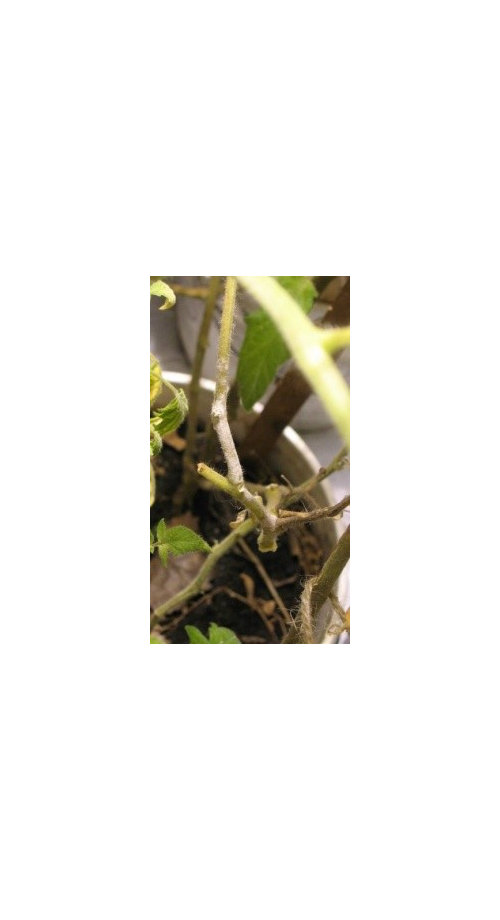
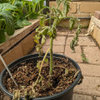
carolyn137
zhoffritzOriginal Author
Related Professionals
Belmont Landscape Architects & Landscape Designers · Oatfield Landscape Architects & Landscape Designers · Arlington Landscape Contractors · Aurora Landscape Contractors · Chelmsford Landscape Contractors · Cliffside Park Landscape Contractors · Hilo Landscape Contractors · Lorain Landscape Contractors · Waterford Landscape Contractors · Welby Landscape Contractors · Wilsonville Landscape Contractors · Derry Siding & Exteriors · Johns Creek Siding & Exteriors · Rochester Siding & Exteriors · North Highlands Siding & Exteriorsjean001
zhoffritzOriginal Author